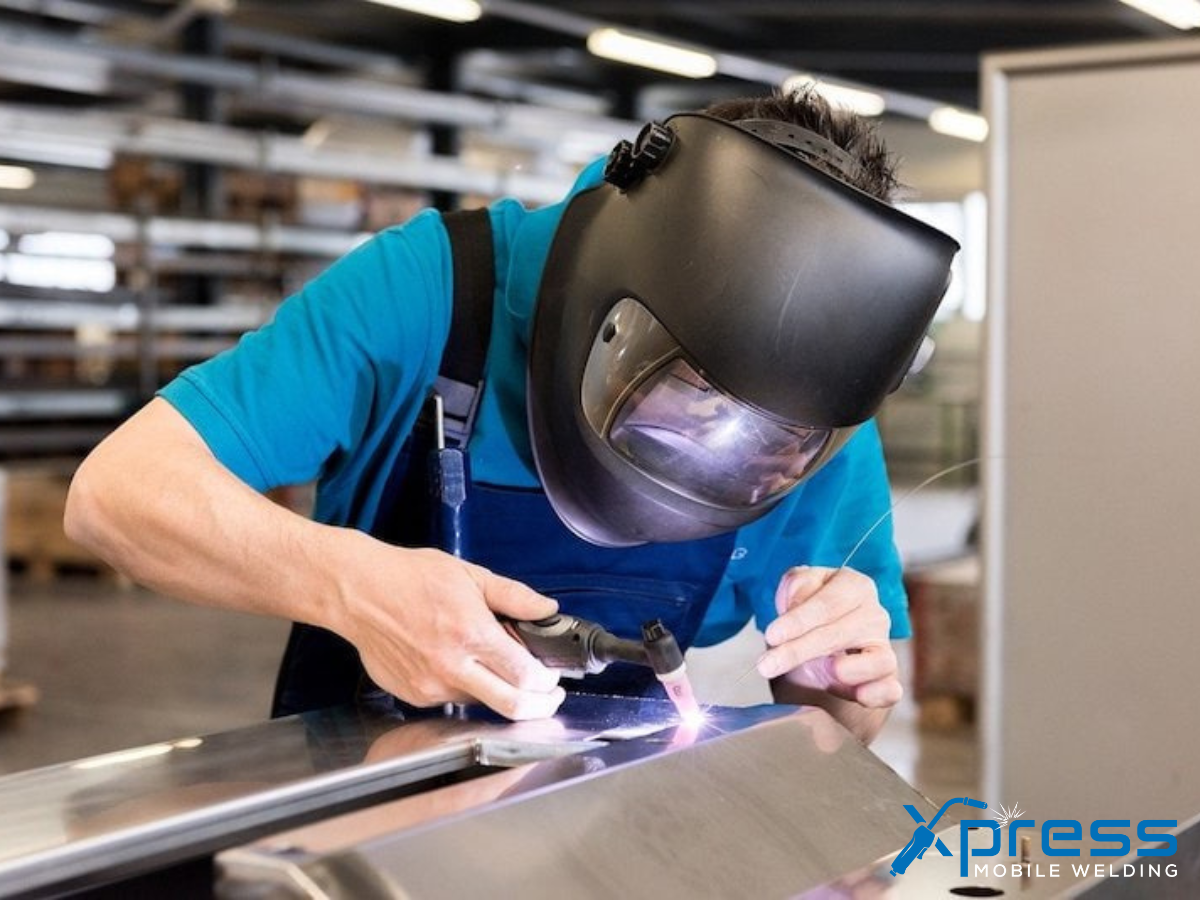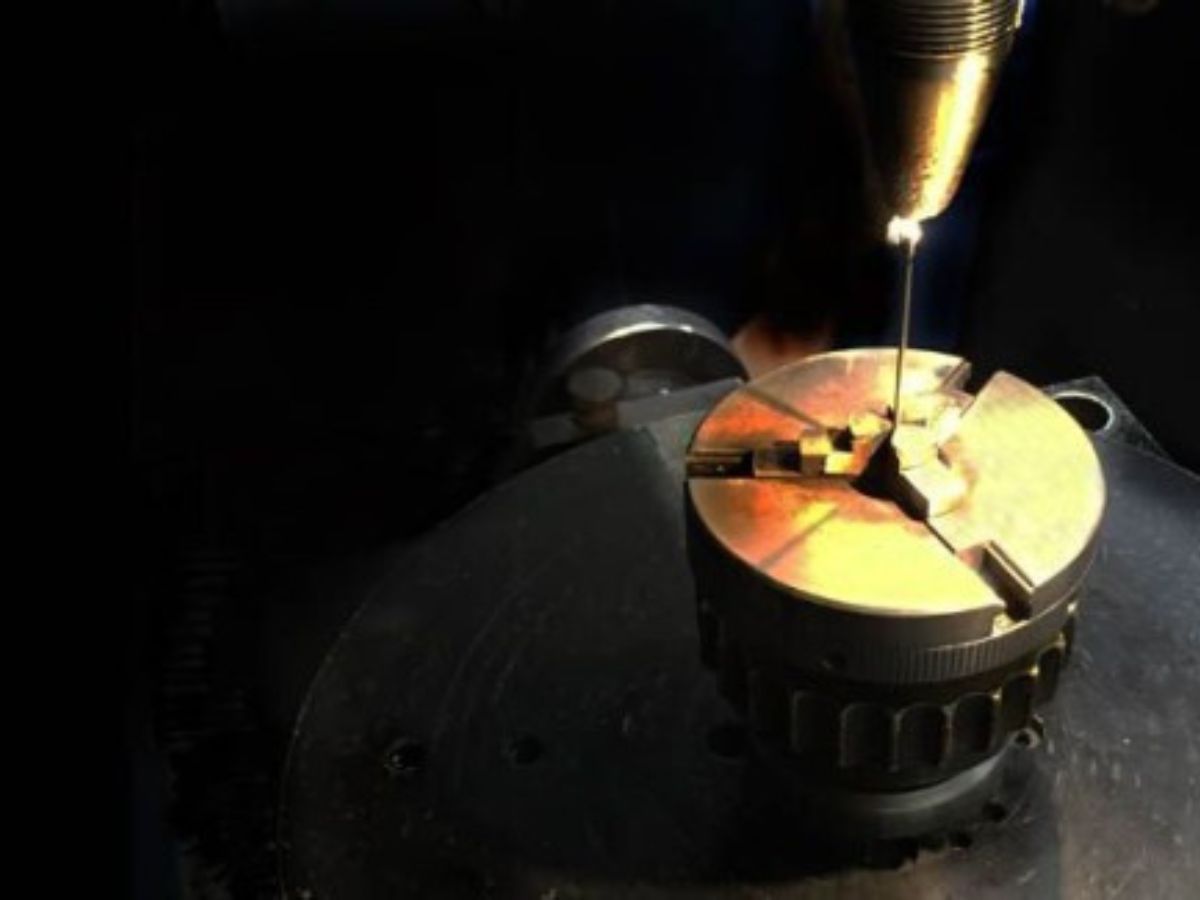
Copper vs Brass: The Composition of Welding Tips
Introduction
When it comes to welding, the choice of materials significantly influences the quality and durability of the weld. Among these materials, copper and brass are two commonly used metals that play pivotal roles in welding tips. Understanding the composition of these two materials can shed light on their unique properties and applications in welding tasks. In this article, we will delve deep into the comparative analysis of copper and brass as welding tips, exploring their compositions, advantages, disadvantages, and their overall impact on welding efficiency.
Copper vs Brass: The Composition of Welding Tips
What Are Welding Tips?
Welding tips are essential components in various types of welding processes. They serve as the interface between the welding machine and the workpiece. The material composition of these tips is crucial because it affects heat conductivity, durability, and even resistance to oxidation.
The Role of Copper in Welding Tips
Copper has been a staple in welding due to its excellent thermal conductivity. This property allows for effective heat transfer during welding operations. Moreover, copper is relatively ductile, making it easier to shape into precise forms necessary for effective welding.
Advantages of Copper Welding Tips
- High Thermal Conductivity: Copper can rapidly dissipate heat, which minimizes overheating.
- Ductility: It’s easy to fabricate into various shapes.
- Corrosion Resistance: Offers good resistance against rust and corrosion.
Disadvantages of Copper Welding Tips
- Cost: Generally more expensive than brass.
- Softness: Can wear out faster under high-stress conditions.
The Role of Brass in Welding Tips
Brass is an alloy primarily made from copper and zinc. Its composition lends it properties that can be advantageous for specific applications where strength and hardness are required.
Advantages of Brass Welding Tips
- Strength: Brass is stronger than pure copper.
- Resistance to Fatigue: Better suited for high-impact applications.
- Lower Cost: More economical than pure copper.
Disadvantages of Brass Welding Tips
- Thermal Conductivity: Not as efficient as copper in transferring heat.
- Corrosion Potential: While resistant to rust, brass can corrode under certain conditions.
Comparative Analysis: Copper vs Brass in Welding Applications
Heat Conductivity Comparison
One critical factor when selecting a welding tip material is heat conductivity. Copper's superior capability in conducting heat means that welders can achieve quicker melting points with less energy input compared to brass.
| Property | Copper | Brass | |------------------------|-----------------|------------------| | Thermal Conductivity | Excellent | Moderate | | Ductility | High | Moderate | | Strength | Moderate | High |
Durability Under Stress
When considering how each metal behaves under stress or high temperatures, brass generally outperforms copper due to its hardness.
Cost Factors
While both materials have their unique advantages, cost remains a significant factor for many welders. Typically, brass tips are cheaper due to lower material costs but may require more frequent replacements if subjected to intense conditions.
Are Welding Fumes Toxic? Understanding the Risks
Welding fumes pose health risks that cannot be ignored. The fumes released during metalworking contain harmful substances that may lead to respiratory issues or other health concerns over prolonged exposure.

FAQs About Welding Fumes
- Yes, they often contain hazardous elements like manganese and lead which can be harmful when inhaled over time.
- Absolutely! As industries expand globally, skilled welders are increasingly sought after across multiple sectors such as construction and manufacturing.
- Yes! Most high-quality welding gloves are designed specifically to withstand high temperatures while providing dexterity.
- Some advanced models come with solar-powered features that recharge while you work—providing extended usage without battery concerns!
- While they don’t catch fire easily, not all blankets are completely fireproof; hence it's essential to check specifications before use.
- Yes! They provide adequate protection against UV rays but should meet relevant safety standards for optimal protection.
Understanding How Welding Works
How Welding Machine Works
A typical welding machine operates by generating an electric arc between an electrode and the workpiece material. This process melts both metals together at high temperatures creating a strong bond once cooled. Proper understanding of machine settings—like voltage and amperage—is crucial for optimal results.
How Welding Wire Is Made
Welding wire undergoes a meticulous manufacturing process involving drawing metal through dies until it reaches desired diameters—ensuring uniformity essential for consistent weld quality.
How Welding Rod Works
Similar concepts apply here; when using a rod electrode for shielded metal arc welding (SMAW), electricity flows through the rod creating an arc that melts both the rod and base metal simultaneously—forming a solid joint upon cooling.
What Are Common Types of Welds?
Before diving deeper into specific techniques used with different metals like copper or brass—it’s vital to understand common types of welds:
Each type serves distinct purposes based on structural requirements or aesthetic preferences!
What Type Of Electrode Should You Use?
When choosing electrodes for specific projects—consider factors like material compatibility or thickness!
For example:
- Mild Steel – E6011 or E7018
- Stainless Steel – E308L
- Aluminum – ER4047
Always refer back your project specifications before proceeding!
Are All Welding Tips Universal?
Not all tips are universal; specific machines might require tailored designs depending on application needs! Ensure compatibility before purchasing new equipment parts!
Conclusion
In conclusion, understanding "Copper vs Brass: The Composition of Welding Tips" empowers welders with knowledge essential for making informed decisions about tools used in their craft! Both materials offer unique benefits tailored towards diverse tasks—but knowing when to utilize each effectively ensures optimal performance throughout any project undertaken!
By weighing factors like cost-effectiveness versus performance reliability—you'll find success lies not just within skillful hands—but also informed choices made along every step taken within this dynamic industry! So whether you're working with Phoenix Welding Services or any other reputable provider—invest time learning about what goes into each aspect involved throughout every weld created today!
This article has explored various aspects related to "Copper vs Brass: The Composition of Welding Tips." Each section provides insights aimed at enhancing your understanding while highlighting important considerations every welder should keep front-of-mind during operations conducted daily!